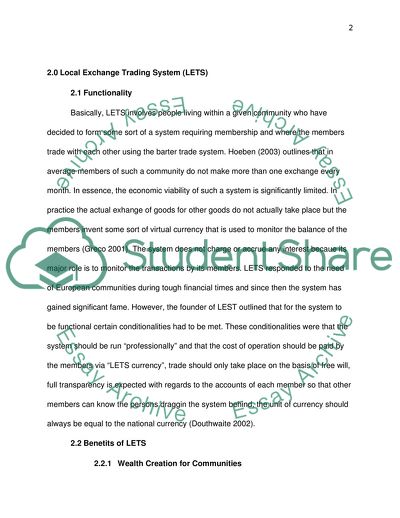Cite this document
(Alternative Forms of Currency Case Study Example | Topics and Well Written Essays - 2250 words, n.d.)
Alternative Forms of Currency Case Study Example | Topics and Well Written Essays - 2250 words. https://studentshare.org/sociology/1773895-critical-literature-review-alternate-forms-of-currency
Alternative Forms of Currency Case Study Example | Topics and Well Written Essays - 2250 words. https://studentshare.org/sociology/1773895-critical-literature-review-alternate-forms-of-currency
(Alternative Forms of Currency Case Study Example | Topics and Well Written Essays - 2250 Words)
Alternative Forms of Currency Case Study Example | Topics and Well Written Essays - 2250 Words. https://studentshare.org/sociology/1773895-critical-literature-review-alternate-forms-of-currency.
Alternative Forms of Currency Case Study Example | Topics and Well Written Essays - 2250 Words. https://studentshare.org/sociology/1773895-critical-literature-review-alternate-forms-of-currency.
“Alternative Forms of Currency Case Study Example | Topics and Well Written Essays - 2250 Words”. https://studentshare.org/sociology/1773895-critical-literature-review-alternate-forms-of-currency.


